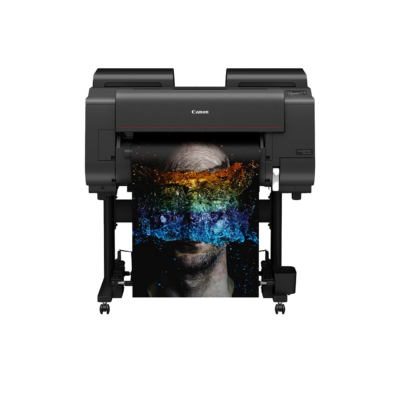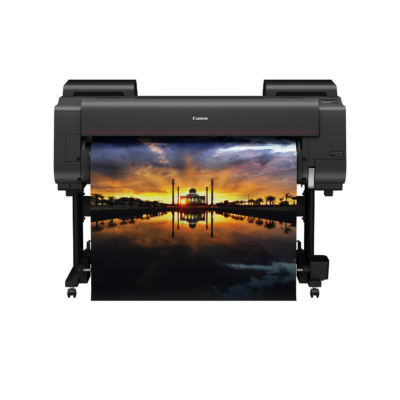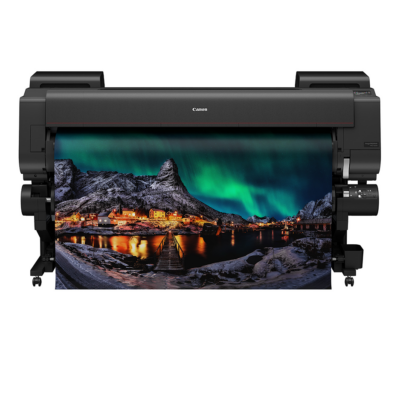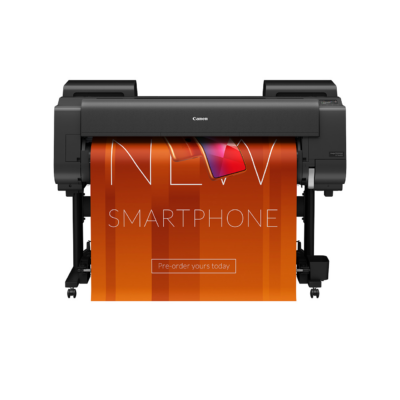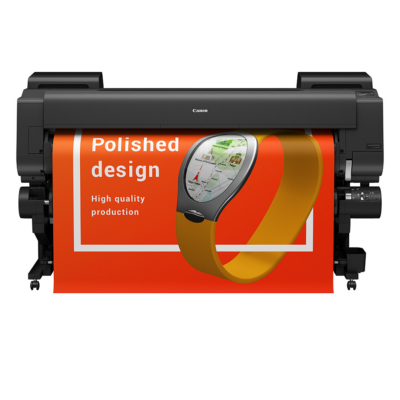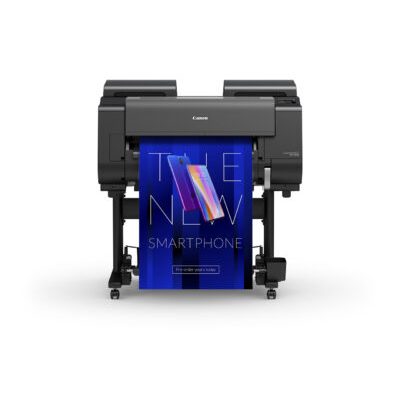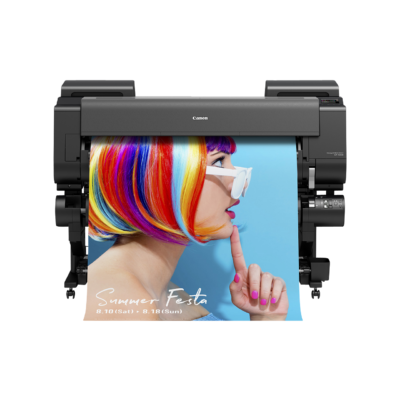Put some stock in these tips for choosing the right paper
The type of paper you choose is directly correlated to the quality of any print job you undertake. Whether you’re printing a brochure, a coffee-table book, or a large-format poster, here’s what you need to know to get the results you’re looking for.
COATED VS. UNCOATED
Your paper’s coating (or lack thereof) is arguably the most important factor in how your final print will look. Coated stocks are manufactured with an extra layer of, well, coating, which makes the paper less porous. Ink lies on top of coated papers, rather than being absorbed.
Coated paper…
- Is available with a variety of finish options: matte, glossy, silk, etc.
- Provides some resistance to water, dirt, and wear
- Prints colours vividly; images and text appear crisp
- Can be reflective (especially glossier stock) and difficult to read in some light conditions
- Can be difficult to write on—particularly with a ballpoint pen
- Is great for photos, catalogues, posters, and other products for which a “high-end” look is desired
Uncoated paper…
- Is easy to write on
- Doesn’t reflect light
- Prints colours darker—and images, text, and lines can be fuzzier—due to ink bleed
- Offers an on-trend “vintage” look and feel that’s popular for invitations, formal letterhead, and more (not to mention traditional uses like books)
- Will generally be less expensive than an equivalent coated paper
SPECIALITY COATINGS
It’s also possible to add specialty coatings to paper after it’s been printed on. These include:
Liquid Laminate / Clear Coat: A quick-drying protective layer that makes them highly water-resistant. Can have a matte or high-gloss finish can be sprayed or brushed onto the image.
UV coating: A liquid coating cured using ultraviolet light, which creates a rich, glossy look. The finished piece is highly durable, but folding the paper may cause the coating to crack. Can be applied to full pages, or used for spot applications.
Soft-touch coating: A coating that gives paper a velvety texture and feel
THICKNESS & WEIGHT
These attributes contribute heavily to the look and feel (and cost) of your printing project. Thickness is literally the thickness of an individual sheet of paper. In inkjet printing, it is commonly measured in mils, with one mil being equal to 0.001 inches.
A paper stock’s weight of often measured in pounds (lbs) or grams per square metre (GSM). Pounds is the weight of a 500-sheet ream. Standard office copy paper is 20 pounds, for example, while conventional business cards typically use 80-pound cardstock. GSM is the weight, in grams, of one square meter of paper. A 20lb paper stock is approximately the same as 70gsm.
Thicker paper is usually heavier, and vice-versa. In general it’s also more durable, and offers a premium look and feel (especially when embellished by foil stamping or embossing). Of course, that luxe appearance most often comes with a higher price tag.
OPACITY
If you’ve worked on a project requiring double-sided printing or that needs to cover existing graphics, then you’ve had to consider paper opacity—the extent to which matter printed on one side of a page is visible on the other. Thicker, heavier papers are mostly quite opaque, and are therefore more desirable when your finished print must have a high-quality appearance. Some materials have a blockout layer or darker backside to improve opacity. It’s the rare project that calls for printing on less opaque stock such as tracing paper!
BRIGHTNESS
Having considered the attributes above, when it comes to the majority of print jobs, the brighter the paper, the better. Paper brightness falls on a 1-to-100 scale, with brighter stocks offering better contrast (for easier reading) and colour accuracy.






